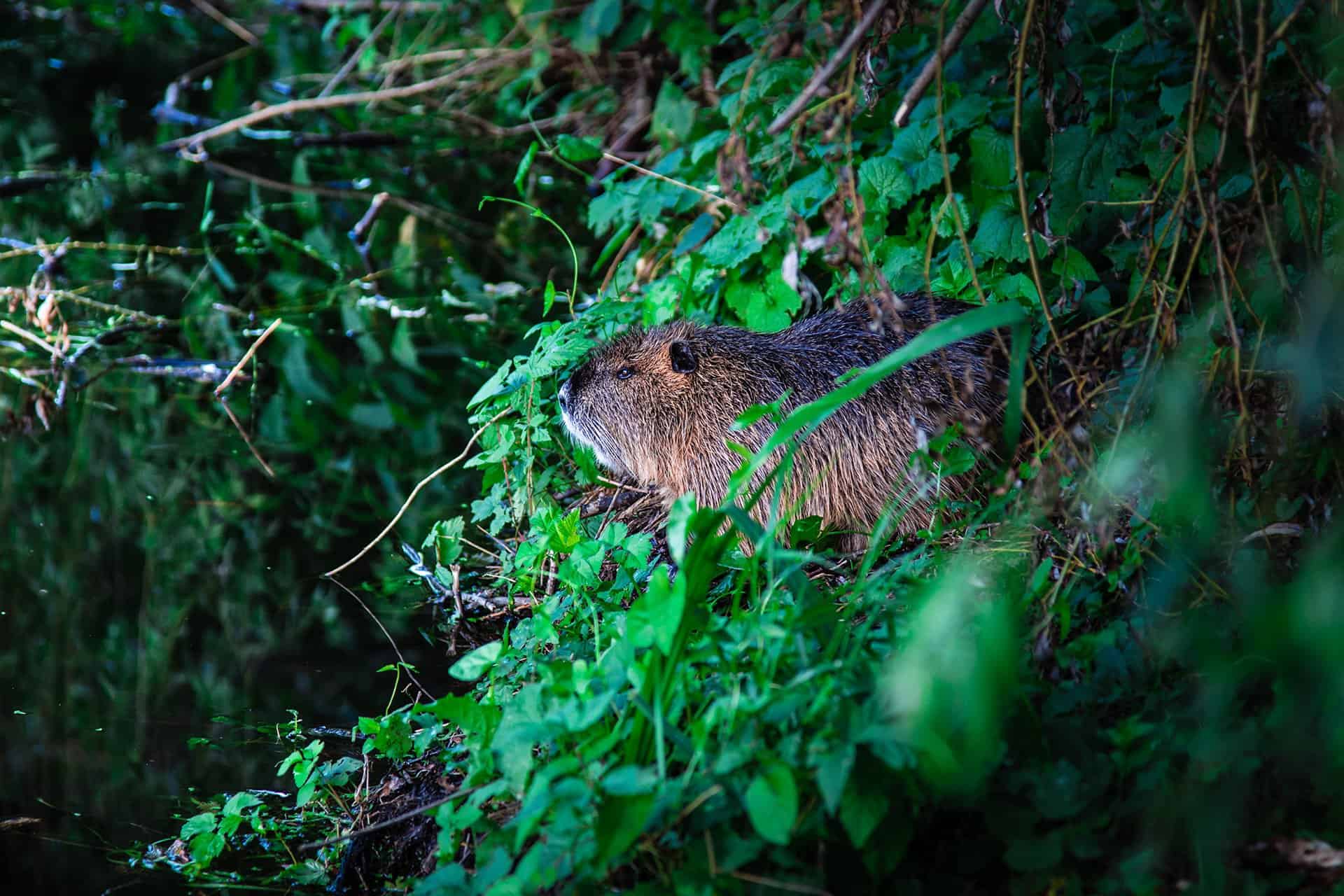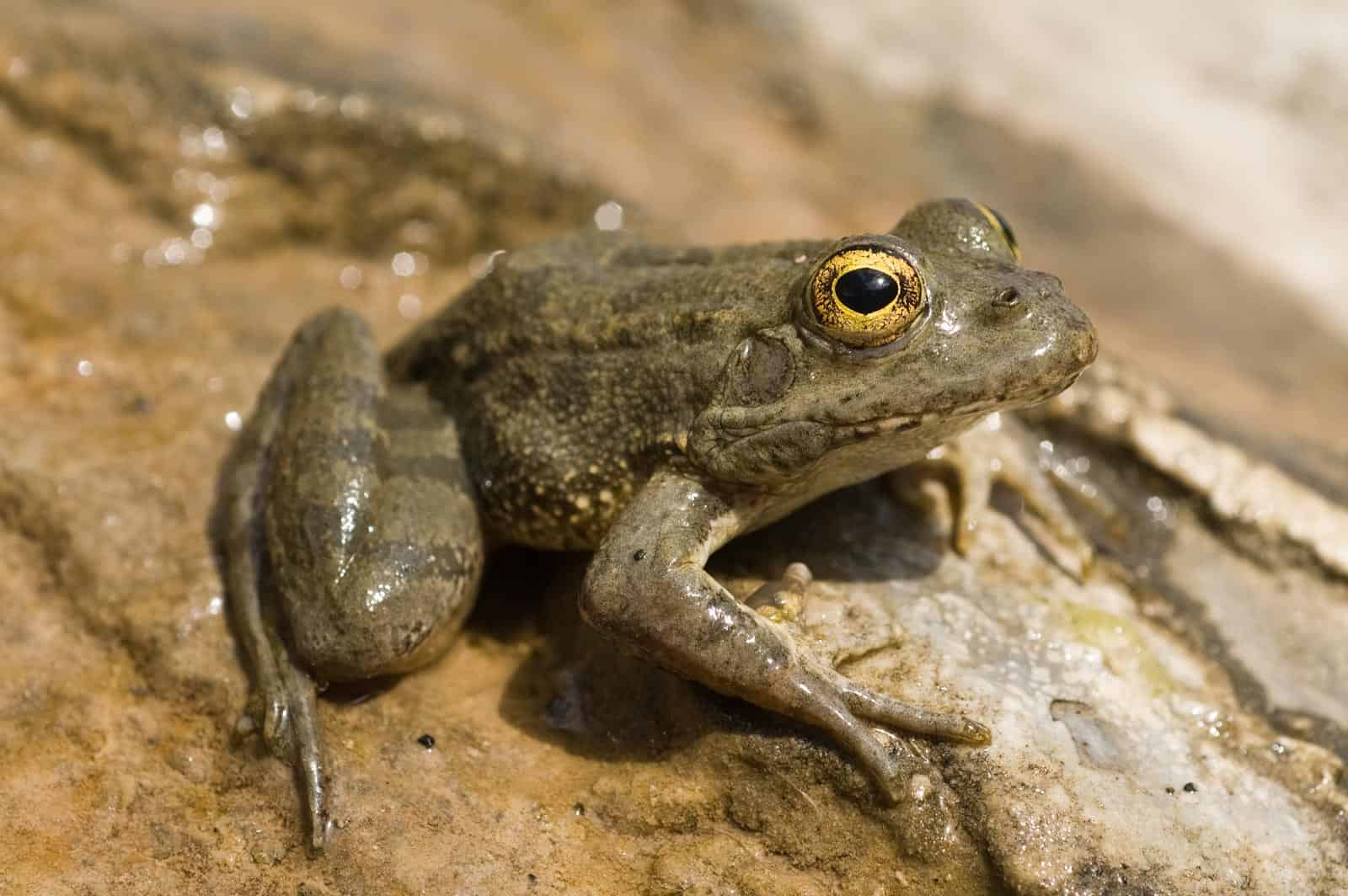The uniqueness of Cornish hedges
The county of Cornwall, located on Britain’s southwest coast, possesses many unique natural features. The most prominent of these is a 50,000 km network of hedges, forming the county’s largest semi-natural habitat. Neolithic farmers built most of these Cornish hedges to enclose land for crops and livestock. They did continue to be constructed throughout the Middle Ages and beyond to the present day. Some of them date to 4,000 years ago, making them as old as the Egyptian pyramids! Unlike the pyramids, however, they are still used for their original purpose, which cannot be said about many ancient structures remaining today. And their natural treasures rival those of any ancient tomb.
Cornish hedges – biodiversity hotspots
A Cornish hedge is essentially an earth bank faced with stones (usually granite), with the largest placed on the bottom. Some reach heights of 5 metres, and often, trees or shrubs stand on top, making them even taller. The added shrubbery reduces wind speed, sheltering the enclosed animals and crops. The hedges also function as barriers to soil erosion and flash flooding. Apart from their functional use to farmers, Cornish hedges contribute to the picturesque local landscape.
In addition to their benefits to humans, Cornish hedges support a huge variety of wildlife, largely thanks to the region’s mild climate. The plants that grow on the stones provide a habitat network for disconnected species to move freely. This role as a wildlife corridor makes Cornish hedges highly important to regional biodiversity as well as heritage. Its unique structure provides several microhabitats for species that are not present in the surrounding area. For example, many heath- and woodland plants (e.g. gorse, bluebells) whose landscapes were replaced by farmland centuries ago are typical of Cornish hedges. All this greenery supports thousands of insect species, which is vital considering the drastic declines across Europe. They further attract birds and mammals to the hedges to forage and nest in the crevices. But unfortunately…
Ancient habitat in danger
Despite their high biodiversity value, Cornish hedges are not under protection. As they are not classed as hedgerows, they are not covered under the UK Hedgerows Regulations 1997. This means their removal is not subject to any regulation. Cornish hedges are often removed to make way for intensive agriculture, destroying many species’ habitats in the process. The use of flails to trim the hedges causes additional biodiversity loss. Even those unaffected by removal often collapse due to erosion, tree roots and burrowing rabbits. Eventually, the sides of the hedge can’t hold together and stones fall out.
The typical Cornish hedge needs restoring every 150 years. Unfortunately, there is a severe shortage of people who know how to properly repair and maintain them. All in all, the cost of fixing every hedge in Cornwall would amount to £3 million every year. However, restoration is often too expensive for landowners, so many of them fall into disrepair.
However, there is hope for these semi-natural wonders. Since 2002, the Guild of Cornish Hedgers has promoted the tradition of hedging and employs apprentices to learn the craft. This year, regional authorities are determining whether the ancient skill should be classified as an ancient craft. This may help hedging receive more protection in the future. In 2019, the Cornish Wildlife Trust created a map of the entire network. This will help researchers study the habitat and implement effective conservation measures. Hopefully, an increase in those interested in protecting this piece of heritage will mean that Cornish hedges, and their wildlife, are preserved for the next generations.









